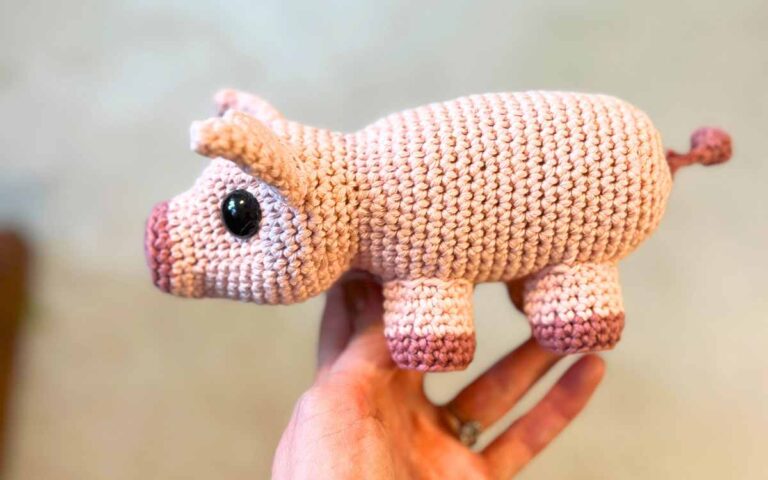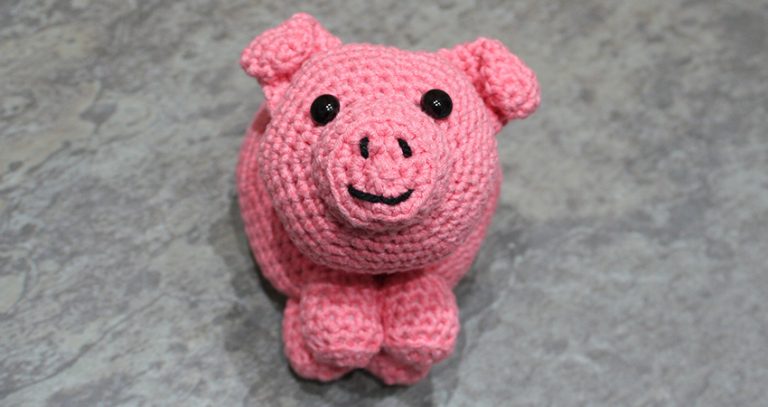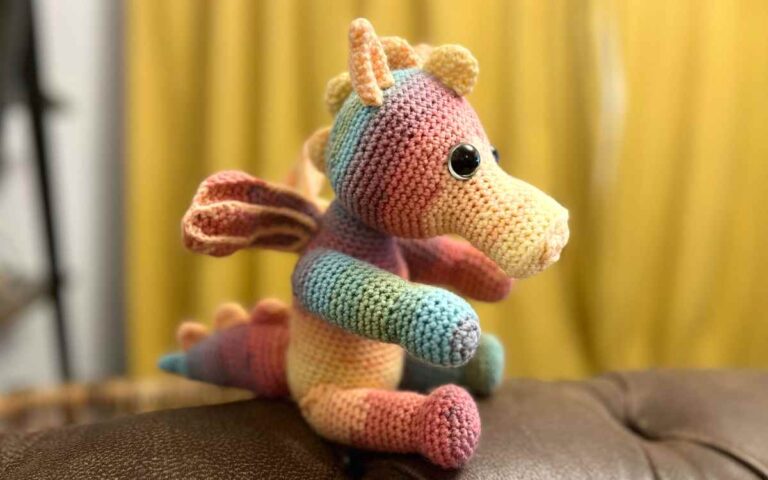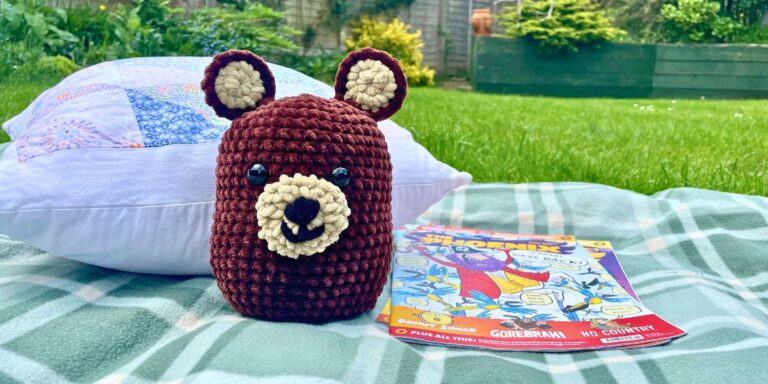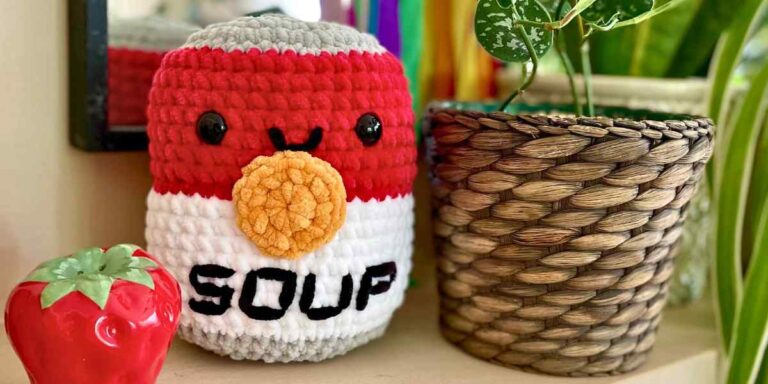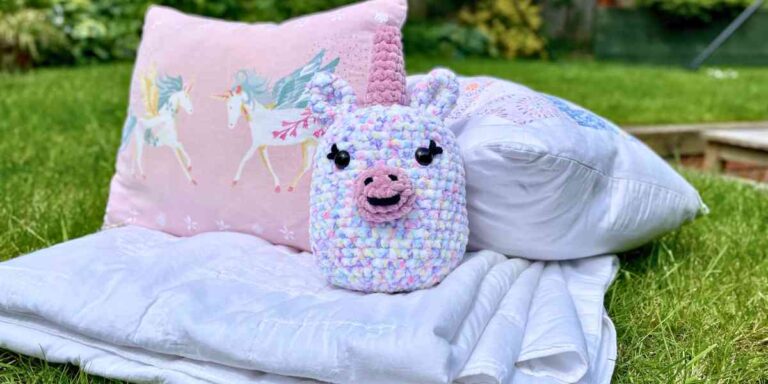Can You Use Acrylic Yarn For Dishcloths?
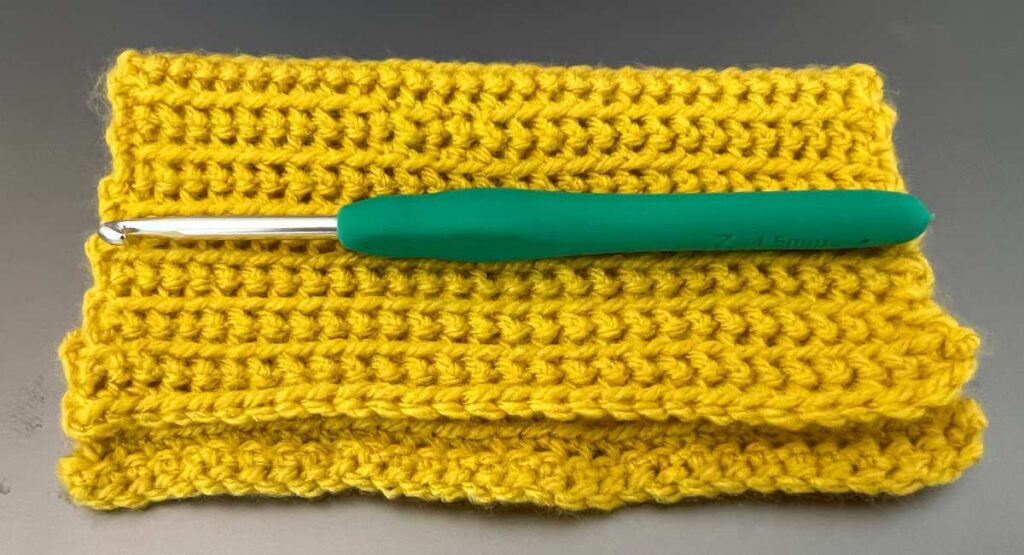
Can you use acrylic yarn for dishcloths? Yes, you sure can!
I have used both cotton and acrylic yarn to crochet dishcloths, but in my personal opinion the best yarn to crochet cheap dishcloths is the versatile acrylic yarn. This material is fairly durable, easy to care for, and even machine washable at lower temperatures
Acrylic yarn is absorbent, though less so than other yarns. You don’t want to stick it in the dryer after cleaning, or use it on really caked in food or grease. But you can find acrylic yarn in every color imaginable, so if that’s your type of thing you can even design your dishcloths to match your kitchen.
- Can you use acrylic yarn for dishcloths?
- Acrylic yarn is the best for discloths.
- Jobs your acrylic crochet dishcloth can stand up to!
- Free crochet dishcloth pattern
There are a huge number of yarn options for many projects, but dishcloths need a yarn that’s durable but gentle. When I was planning this project I had some fiber decisions to make. Merino wool obviously wasn’t going to cut it for me, and chenille is far too keen to break away if you’re rough with it. Cotton yarn and acrylic yarn are my top crochet dishcloth contenders, because they are hardy and don’t have a rough texture.
Cotton yarn is however generally more expensive than acrylic yarn and you’re going to want to make up at least half a dozen dishcloths to have a decent enough stash to use and wash. So despite the inevitable plastic implications of a synthetic polymer yarn, I think acrylic yarn is the absolute best choice for your new dishcloth mission.
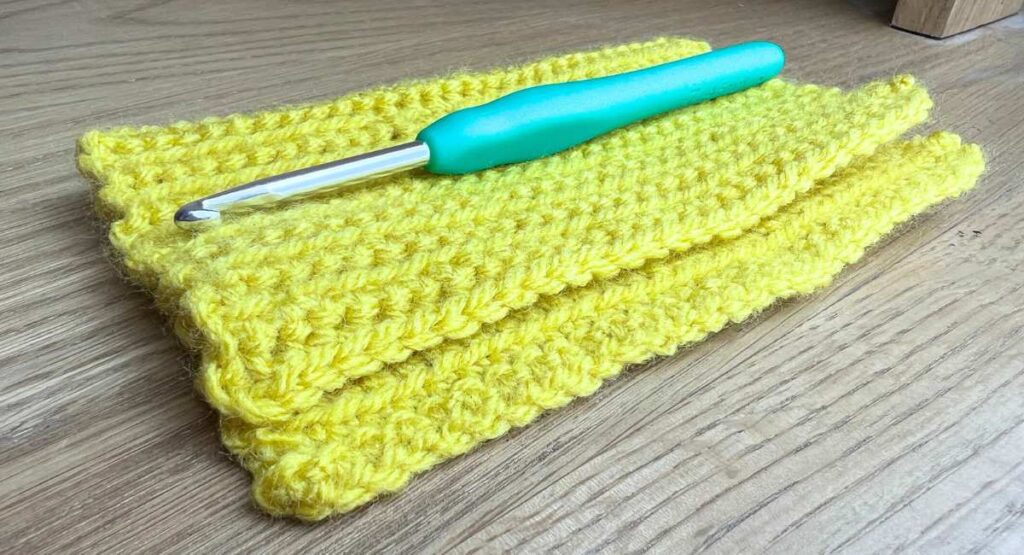
Can You Use Acrylic Yarn for Dishcloths?
Can you use acrylic yarn for dishcloths? Yes, of course you can! Although I recommend being a little bit careful when it comes to really stuck on food residue, or using bleach based products.
While acrylic is one of the materials crocheters can use to make a dishcloth, it isn’t always the perfect material for the project. Acrylic quickly melts in the presence of high temperatures. I also find it stretches a lot and is less absorbent than cotton and polyester. However, for every day wiping and washing up I find it really holds up.
Why I Use Acrylic Yarn for Dishcloths
The best yarn for dishcloths is often an acrylic based crochet yarn. Acrylic yarn dries faster than others, meaning you aren’t going to have a sopping dishcloth sitting beside the sink getting moldy.
This yarn type also produces more static electricity than other yarn fabrics. So when I dust a surface with my acrylic yarn dishcloth it picks up more fine debris than my other dusters.
Acrylic yarn is also dead cheap. It is available in any and every yarn or hobby store, and beats the other options on price every time. Synthetic fibers like those found in acrylic yarn are quick to dry out. That’s why this yarn is great for crocheting swimwear.
You can chuck acrylic crochet dishcloths in the washing machine, and they’ll stay the same size when you’ve finished. Though I do give mine a bit of a stretch when I pull them out. And they won’t cope in the tumble drier, you’ll have to hang them on the line like I do!
Acrylic Crochet Dishcloth Uses
Acrylic yarn crochet dishcloths can be used for most kitchen cleaning tasks, and for wiping down bathroom sinks too. I use mine for hand washing plates, cups and bowls in the sink, and most regularly for wiping down the countertop surfaces and table after meals.
Your pots and pans can be cleaned with your acrylic crochet dishcloths, but you’ll want to soak the pans in boiling water first to loosen the residue. I don’t use them on baking trays, most because the grime is just a bit too much and I think that’d ruin even a cotton yarn dishcloth.
I do use my acrylic dishcloths as dusters too, and I’ve heard people say they make good washcloths. The best yarn for washcloth crocheting however is probably cotton. I’m not sold on using acrylic yarn for rubbing on my face, as it’s a little too roughly textured for my preference.
Is Acrylic Yarn Good For Dishcloths Compared With Cotton Yarn?
Cotton yarn for dishcloths is a better media if you want to dry them and put them away immediately. The cotton surface absorbs moisture as you wipe, and you can use two, one for cleaning and one for drying. If you’re using an acrylic dishcloth and want to plate bone dry afterwards then you’ll need a towel too.
Free Crochet Dishcloth Pattern
You can get some really beautiful and complicated crochet dishcloth patterns, but that wasn’t my focus for this one. My creativity in crochet is more for wearables and plushies. When it comes to practical crochet, I’m all about getting the job done fast and making sure it stays that way. No falling apart or faffing about for us!
Row 1
Make a chain of thirty one stitches.
Row 2
Skip the first loop on the chain, then make one single crochet into each stitch of the row.
Row 3 – 33
Chain two as the first single crochet. Make one single crochet into the back loop of each stitch in the row. Don’t miss that final stitch, which will look a little different as it’s a chain space.
At the end of the final row, slip stitch and tie off the yarn. Leave a long tail of yarn, and sew it into the edge of your crochet dishcloth.
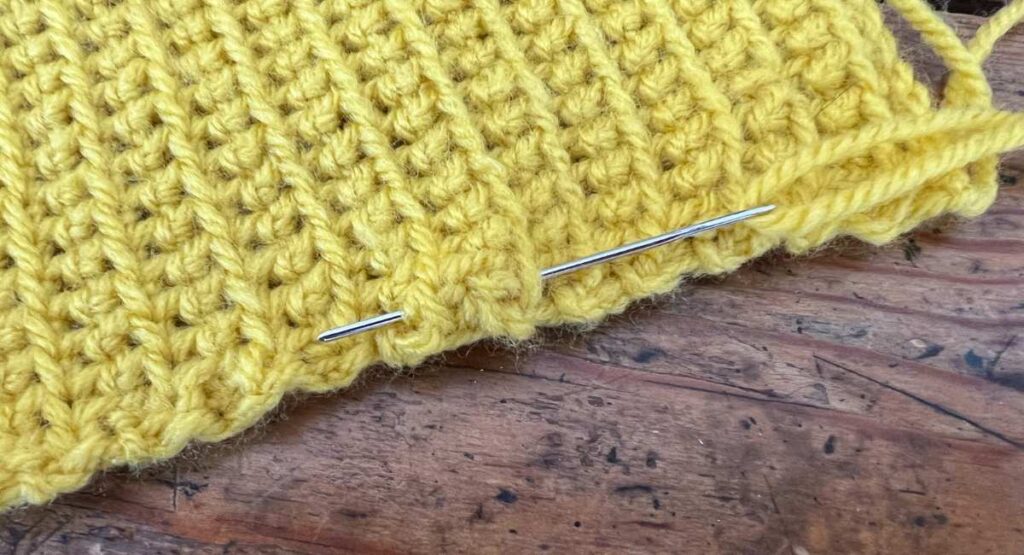
Can You Crochet Dishcloths With Acrylic Yarn?
I crochet my dishcloths exclusively from acrylic yarn. The best part about these simple crochet patterns? It doesn’t matter if you muck up a little bit, after all, the only thing that’s going to be examining your work is a dirty mug!
Happy Crocheting,
Lucy Kate, x
